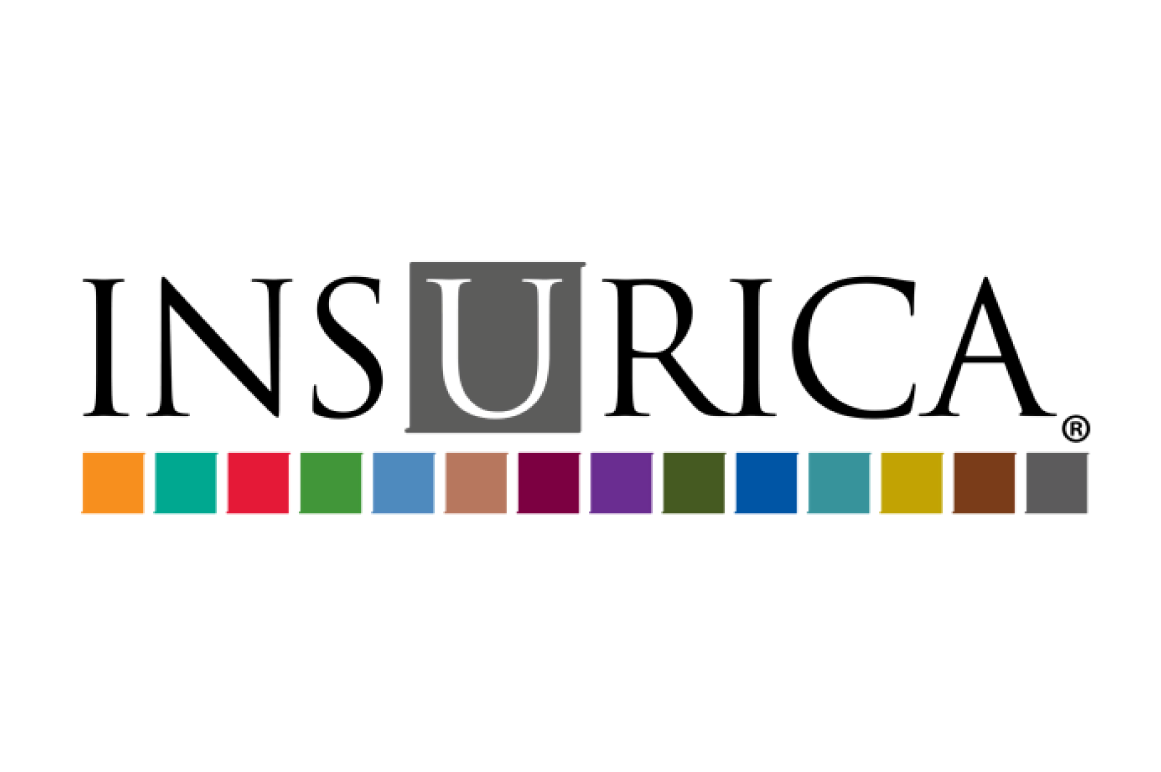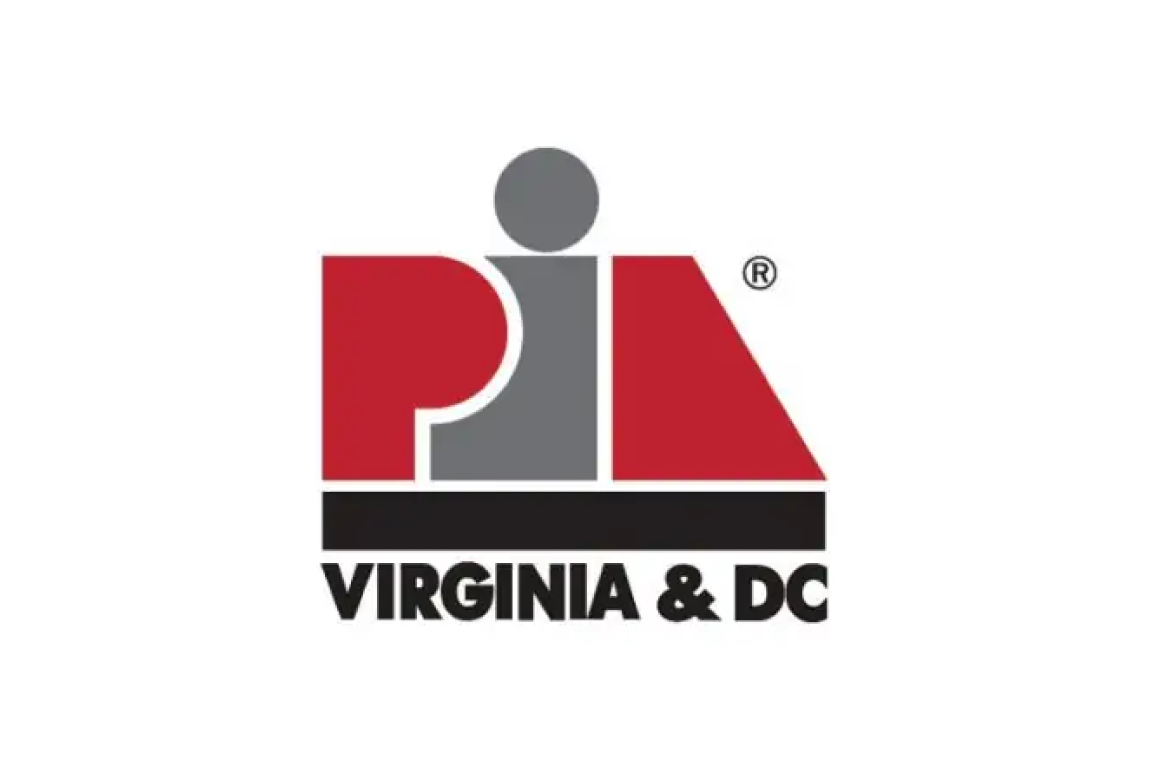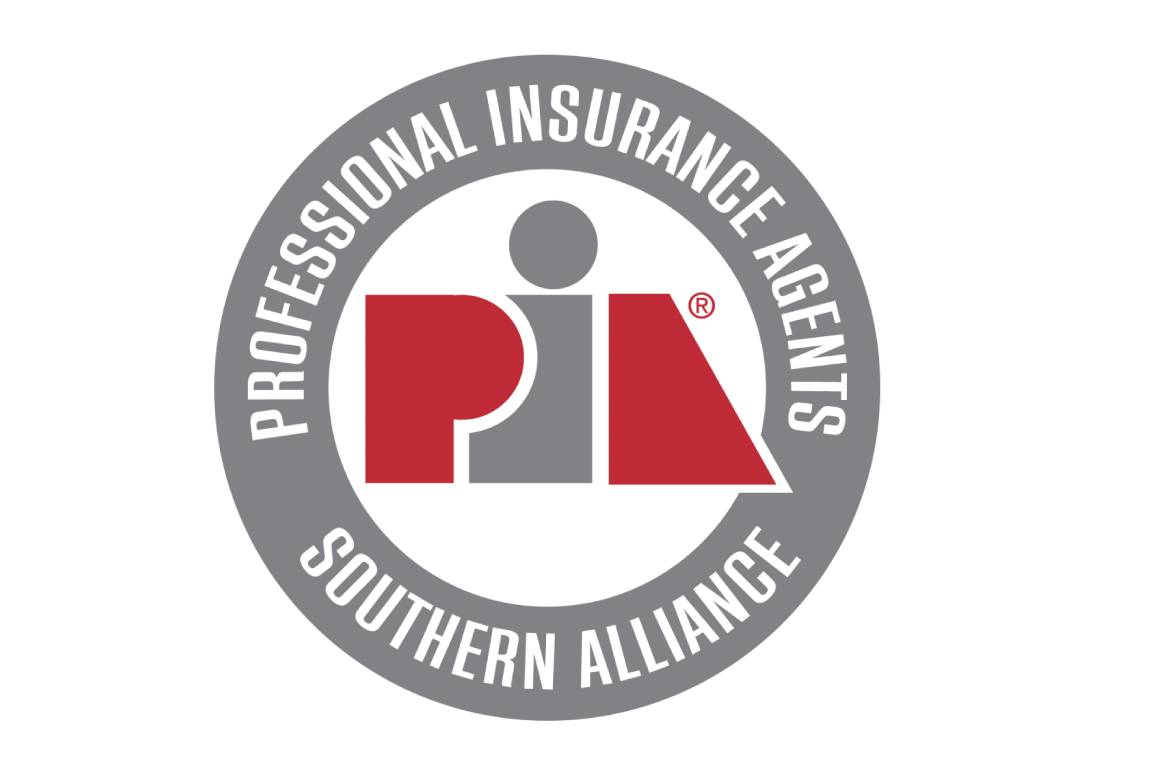When it comes to personal property insurance, many assume that condos, houses, and apartments are all covered under the same policy. However, it’s just not that simple.
In this episode, we shed light on the often-overlooked disparities between insuring condominiums, apartments, and houses. Understanding these differences is crucial for anyone looking to protect their investment properly.
Renter’s Policy vs. Homeowner’s Policy: A Fundamental Distinction
While someone residing in an apartment or rental house can rely on a renter’s policy, purchasing a house necessitates a homeowner’s policy. Here lies the first differentiator: insuring a condominium demands a specialized approach that goes beyond traditional policies.
The Complexity of Condominium Insurance
Insuring a condominium introduces additional complexities due to factors such as ownership of structures, property to insure, and the involvement of condo associations and by-laws. These unique considerations necessitate a distinctive type of coverage – the condominium unit-owners policy.
By now, it is clear that insuring a condominium requires a more nuanced approach compared to insuring a standard rental property or house. It is essential for professionals like you to be aware of these distinctions to adequately protect your client’s assets.













































